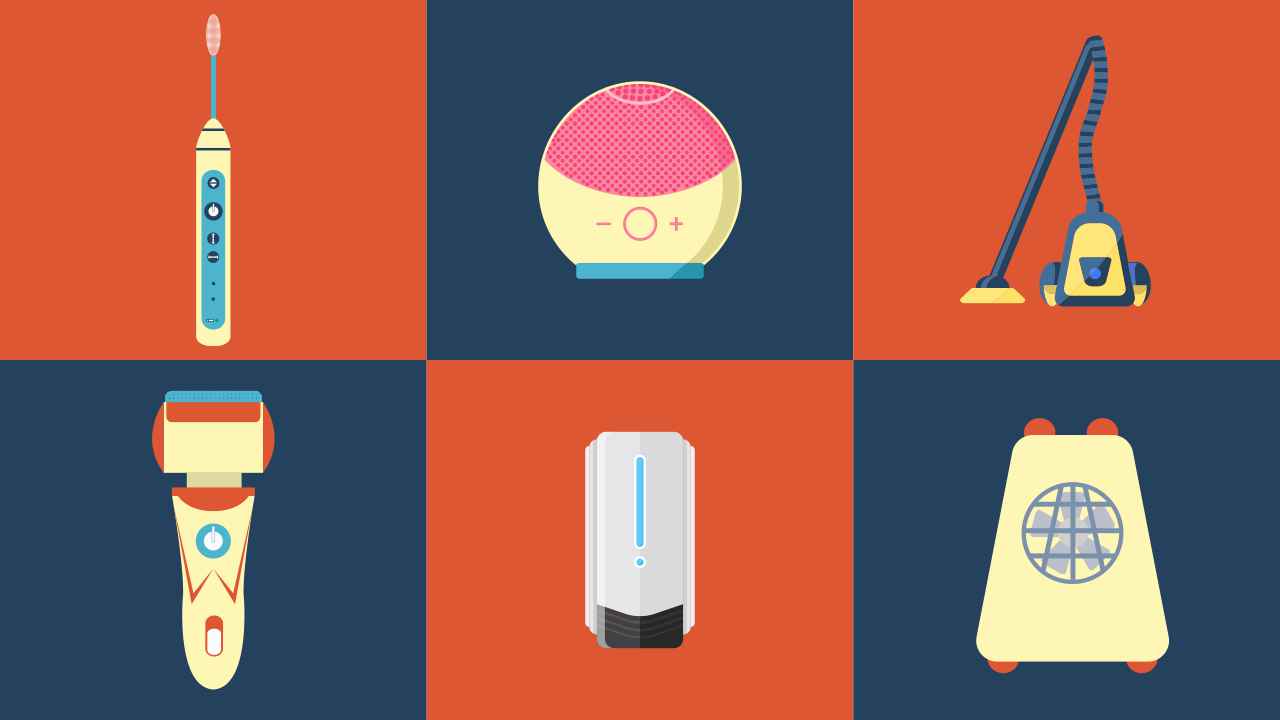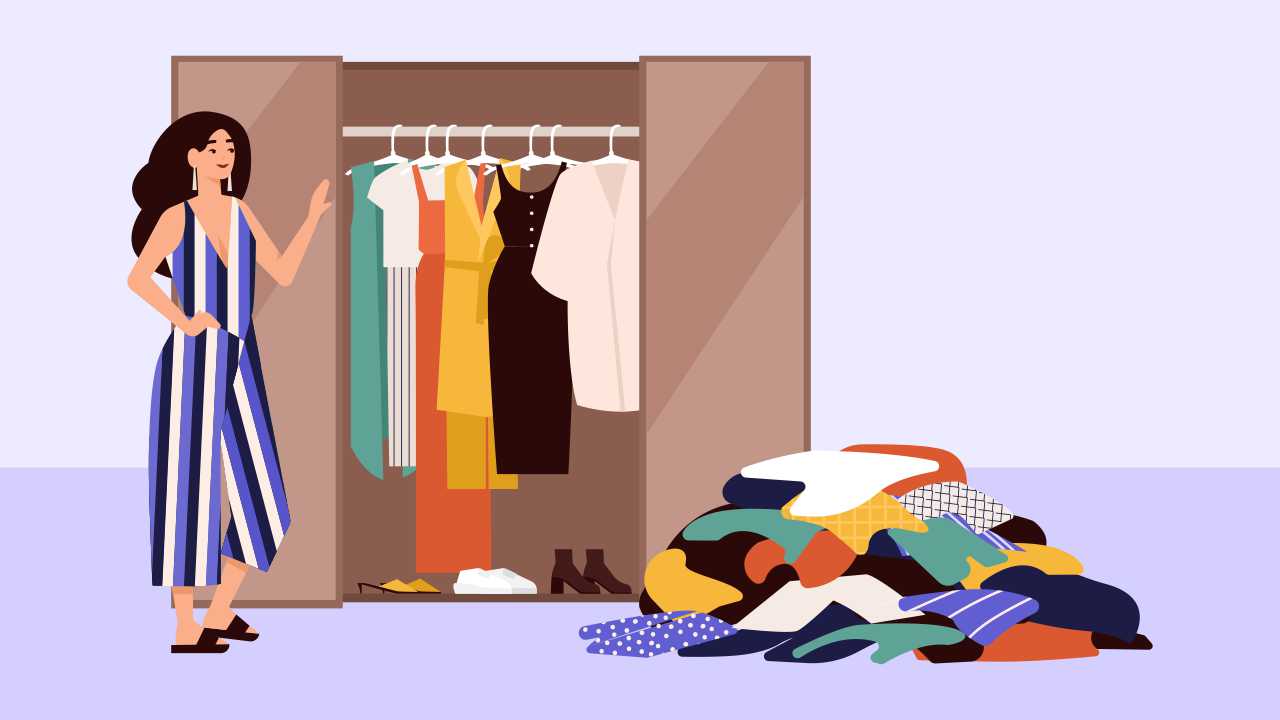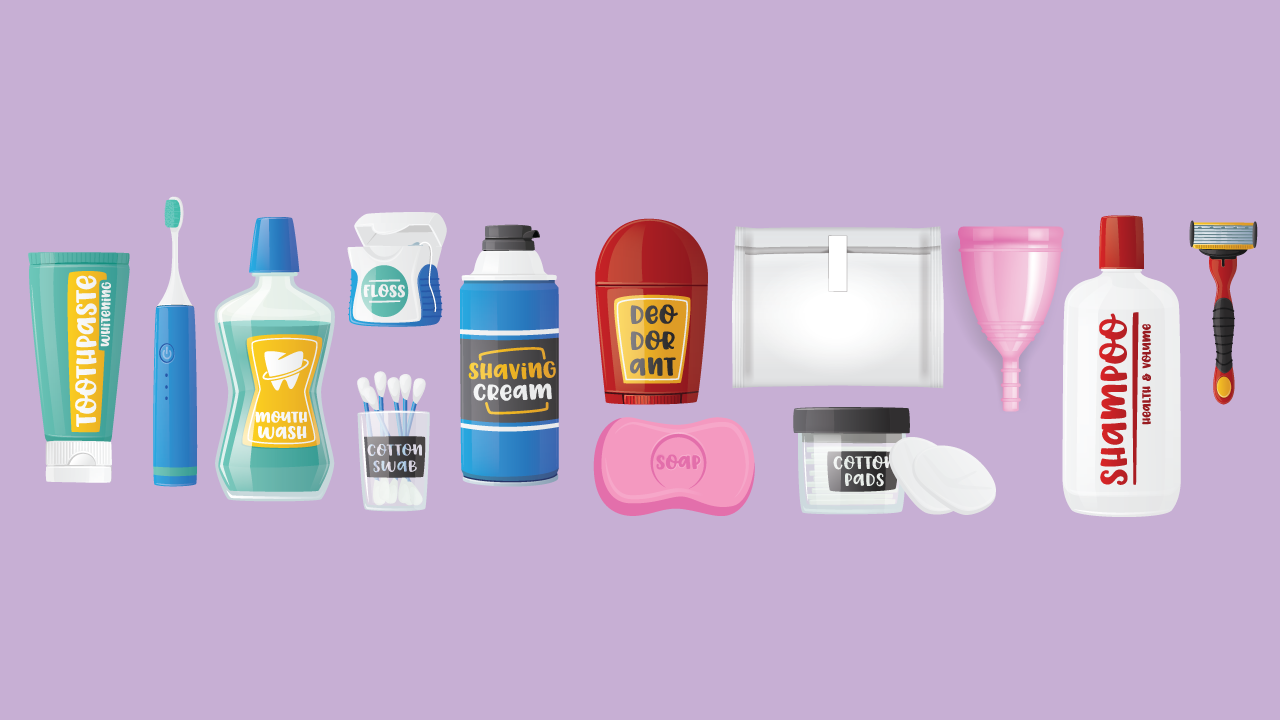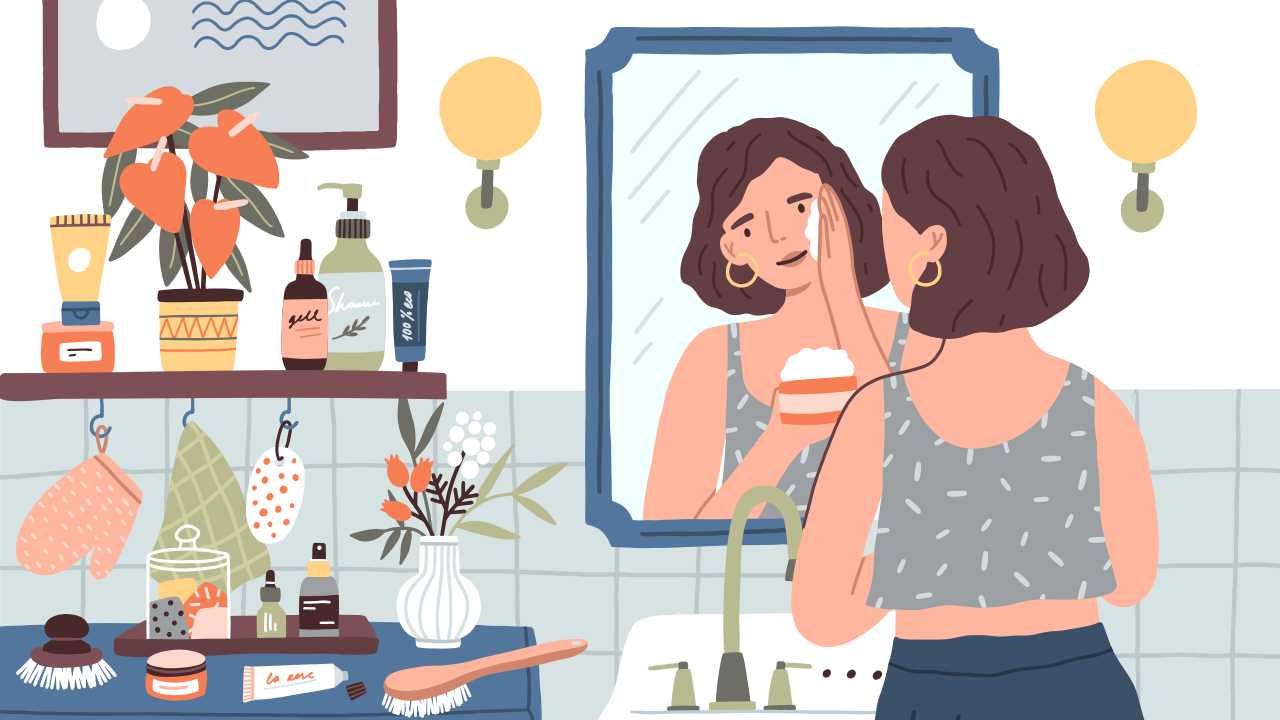
Do You Need to Clean Earwax?
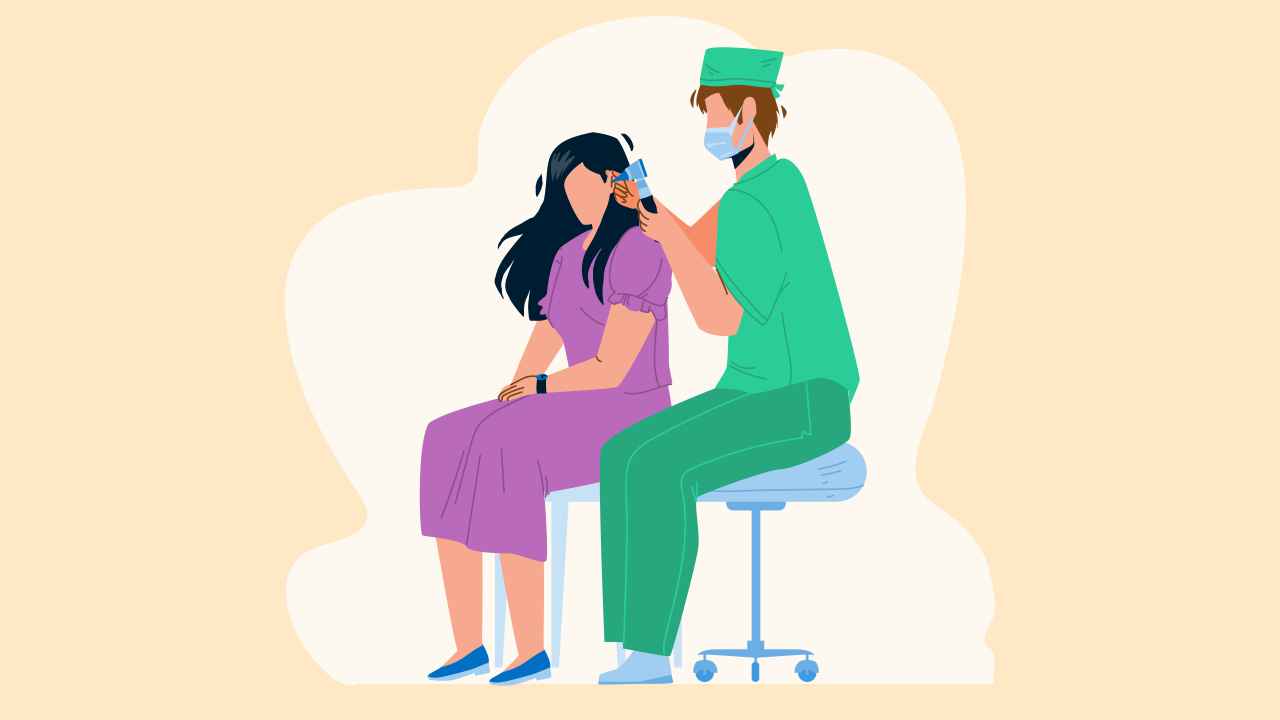
Putting a cotton swab in your ears to clean the wax? Stop right there. If you think cotton swabs are safer than bobby pins, toothpicks, pens, pencils or any other sharp pointed objects to clean earwax, you are mistaken. The ear naturally expels excess earwax and you need not interfere with this natural process. If you try to clean it with a cotton swab or stick anything into your ear, you may end up pushing the wax deeper into the ear canal. This may cause a blockage, infection, and even significant hearing loss.
What is ear wax?

Cerumen, commonly known as earwax, is a cocktail of sebum (a fatty secretion from the sebaceous glands), skin cells, sweat, and dirt, and is needed to maintain ear hygiene. It helps in trapping dust and dirt, and prevents it from entering the inner ear, keeping the eardrum clean and safe. Earwax also keeps the ear naturally moisturized.
Wax in small amounts is good for the ear. However excessive earwax can cause blockage of the ear canal, leading to hearing loss. But how do you know if you have too much earwax?
Symptoms of earwax blockage
If there is earwax buildup, it can become hard and form a plug blocking the ear. Earwax blockage may cause the following symptoms:
- Earache
- Ear infection
- Itchiness
- Tinnitus, which is a ringing sensation in the ear
- A feeling of fullness in the ear
- Vertigo, which is a feeling of disbalance or loss of orientation to surroundings causing dizziness and nausea
- Cough, due to pressure from the blockage stimulating a nerve within the ear
Causes of earwax blockage
- Some people have more earwax, which can lead to cerumen impaction.
- Swimming can generate excess earwax
- Hearing aids and earplugs prevent wax from exiting the ear naturally, which results in its accumulation inside the ear.
- The use of earbuds, cotton swabs, keys, bobby pins, corners of napkins, etc to get rid of earwax or relieve itching can make the build-up worse. These items can push the wax deeper into the ear canal, and may also harm sensitive tissues that can lead to permanent damage.
Home remedies for earwax removal
The removal of earwax should be done under the supervision of a healthcare professional. But not everyone follows this protocol, and home remedies are preferred over clinic visits. So, if you are cleaning your ear at home, make sure you are doing it right.
- One way to get rid of excess earwax is to wipe the outside of your ear with a washcloth. Do not stick any object into your ear canal.
- Alternatively, a pharmacist can give advice about suitable over-the-counter (OTC) treatments like earwax removal kits.
- To soften earwax, you can use a few drops of:
- Hydrogen peroxide, a gentle antiseptic which is useful for cleaning wounds, or ear drops containing hydrogen peroxide
- Baby oil, expressed almond oil, or vegetable oil
- Glycerine
- Mineral oil
How to use ear drops or oils
- When putting ear drops, tilt your head so that the affected ear faces upward, put one or two drops and wait for 1–2 min while staying in this position. Then tilt your head such that the ear faces down and allow any extra liquid to exit.
- If people do this twice each day, the earwax will usually begin to fall out within two weeks. However, in case of emergencies or extreme cases, seek medical help.
Treatment to remove excess earwax
A doctor will use an instrument called an auriscope or otoscope to examine the ear and diagnose if there’s any impactful earwax buildup. Treatment is necessary only if there is a blockage that is causing pain or hearing loss. In such cases, the doctor will get rid of the earwax.
1. Ear drops
The doctor will prescribe or recommend ear drops to melt the wax and make it easier to get rid of it. People should use ear drops at room temperature. The wax will typically soften within a couple of days and gradually begin to fall out on its own. A person with a damaged eardrum or a severe ear infection shouldn’t use ear drops.
2. Ear irrigation
If ear drops don’t work, the doctor may recommend a procedure referred to as irrigation. The doctor will apply a high-pressure flow of water to the external auditory canal to dislodge and remove the plug. If the person has severely impacted earwax, the doctor may have to examine the inner ear with an auriscope several times during the irrigation process. Ear irrigation isn’t painful, but having water squirting into the ear may feel strange and cause some discomfort. Sometimes, an individual may report additional symptoms like pain or dizziness. This will require further investigation to see if there is an infection. If irrigation is unable to remove the wax, you may have to continue softening the earwax with drops and then repeat the irrigation. The doctor may put water in the ear for around 15 minutes before irrigation. If this does not work, the doctor may ask you to see an ear, nose, and throat (ENT) specialist.
3. Manual removal
If irrigation isn’t an option or is unsuccessful, the doctor may recommend either micro-suction or manual removal to clear the ear canal. Micro-suction uses a tiny instrument to suck out earwax. Manual removal may involve employing a thin instrument with a tiny hoop at the top to wash the ear and scrape out any earwax. Other instruments that doctors may use for this procedure include curettes, spoons, and hooks. The doctor may also use a special microscope to examine deeper.
If you still have hearing problems or tinnitus after earwax removal, you may require a hearing test to examine other issues.
How to take care of your ears
1. Cancel out loud noise
- According to the World Health Organization (WHO), noise induced deafness is on the rise and about 1.1 billion teenagers and young adults are affected.
- ENT specialists believe that loud noise from work, clubs, concerts, lawnmowers are harmful. In such situations, you must use earplugs that allow you to hear a person and music but cancel out harmful sounds.
- If you are someone who likes to put on headphones, you must follow the 60/60 rule, which recommends that you should listen to music at 60% volume for no more than 60 minutes a day.
- Earphones should be avoided because they directly fit into the eardrum. Instead use over-the-ear headphones.
2. Do not use cotton swabs
Some amount of earwax in the ear is important as it acts as a filter for dust and other harmful particles entering the organ. Inserting anything in the ear can be harmful to the eardrums.
3. Keep your ears dry
Excess moisture allows bacteria to grow and cause inflammation and infection in the inner ear. After bathing or swimming, gently dry your ears with a towel or tilt your head to remove excess water.
4. Manage stress
Studies have linked stress and anxiety to temporary or permanent hearing loss. Stress makes the body go into fight-or-flight mode, which increases the pressure on the nerves, blood supply, and body heat, which contribute to tinnitus symptoms.
Also listen: Meditation for Stress Relief: Introduction
Earwax is necessary for the health of your ear and does not need your attention unless it causes a problem. Leave it alone and don’t try to poke a toothpick or insert a cotton swab into the auditory canal. If you have too much ear wax and some other symptoms, consult an ENT specialist rather than opting for a DIY routine.
References:
1. Mammoser G. Earwax Might Be a Bigger Health Issue Than You Think. Healthline. https://www.healthline.com/health-news/ear-wax-might-be-a-bigger-health-hazard-than-you-think (accessed Mar 19, 2021).
2. Robert H. Shmerling MdrHS. 3 reasons to leave earwax alone. Harvard Health Publishing. https://www.health.harvard.edu/blog/3-reasons-to-leave-earwax-alone-2017051711718 (accessed Mar 19, 2021).
3. Brazier Y. What you need to know about earwax. Medical News Today. https://www.medicalnewstoday.com/articles/248934 (accessed Mar 19, 2021).
4. Ear Care Tips. Cleveland Clinic. https://my.clevelandclinic.org/health/articles/13076-ear-care-tips (accessed Mar 19, 2021).





